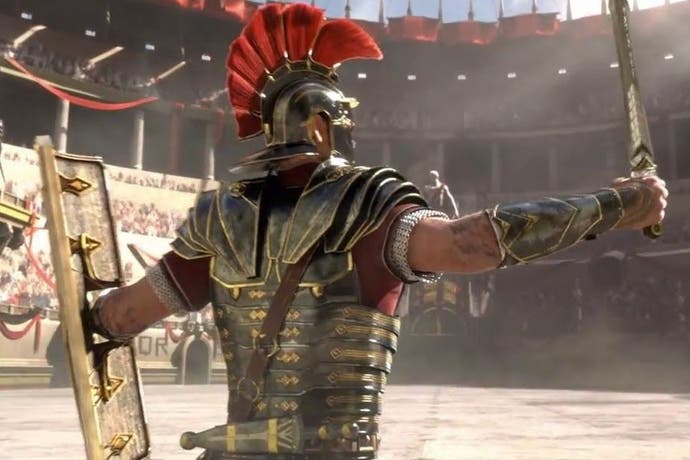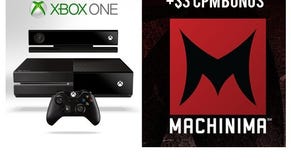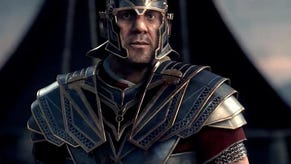Next-Gen Now: Ryse: Son of Rome
High quality video and performance analysis of Xbox One's tech showcase.
Short, immensely repetitive, and only really playable in short bursts without boredom setting in - it's fair to say that Ryse: Son of Rome is far from the most thrilling offering available for Microsoft's new console. However, in terms of rendering technology, it can be argued that the CryEngine-powered title is one of the most visually impressive launch titles available. There are points - many of them - where this game is simply breathtaking, with an overall presentation that is very filmic in nature, making it stand apart from the pack.
Ryse looks so very different that it calls to mind a debate on visual presentation we followed with much interest back in January 2012. Tech guru Timothy Lottes - then of Nvidia, now at Epic - presented an interesting theory about the difference in presentation between a Hollywood Blu-ray movie and a typical video game. His blog post - unfortunately - is now gone, but you can get the gist of the discussion in this Digital Foundry article, where Lottes concludes:
"The industry status quo is to push ultra-high display resolution, ultra-high texture resolution, and ultra sharpness. In my opinion, a more interesting next-generation metric is, can an engine on an ultra high-end PC rendering at 720p look as real as a DVD quality movie?"
The debate was interesting enough that even a Hollywood CG professional contributed:
"We do what is essentially MSAA. Then we do a lens distortion that makes the image incredibly soft (amongst other blooms/blurs/etc). Softness/noise/grain is part of film and something we often embrace. Jaggies we avoid like the plague and thus we anti-alias the crap out of our images," said Pixar's Chris Horne. "In the end it's still the same conclusion: games oversample vs. film. I've always thought that film res was more than enough res. I don't know how you will get gamers to embrace a film aesthetic, but it shouldn't be impossible."
Well, of all the games we've seen since then, Ryse is arguably the closest we get to a practical example of this theory - and it looks quite spectacular for much of its duration. Resolution doesn't drop all the way to 720p - Crytek chose 1600x900 - but the overall look is very cinematic, from film grain to motion blur to the immense levels of post-processing and pitch-perfect effects work. Ryse works at a sub-native resolution where others flounder partly because the anti-aliasing is quite sublime. The usual issues we have - stair-step jaggies, moire patterns on textures - are all extremely difficult to pick up on here. Even the anti-aliasing on the hair on Marius's centurion helmet is perfectly executed. It's difficult to recommend a game that simply isn't that enjoyable to play, but for Digital Foundry readers at least, the visuals should be experienced.
All of which makes Ryse perfect material as the latest subject for our Next Gen Now series, where we capture key games and provide full 1080p60 downloads for PC, Mac and PlayStation 3 playback. In the case of Ryse we have the initial 13 minutes of the campaign - the fall of Rome. It's quite a spectacle. The question is, can the Xbox One hardware handle it with a sufficiently smooth level of performance? Well, we've got that covered too, with performance analysis of the same content below. We're also working on a tech analysis piece that explores the game in more depth, so look out for that.










